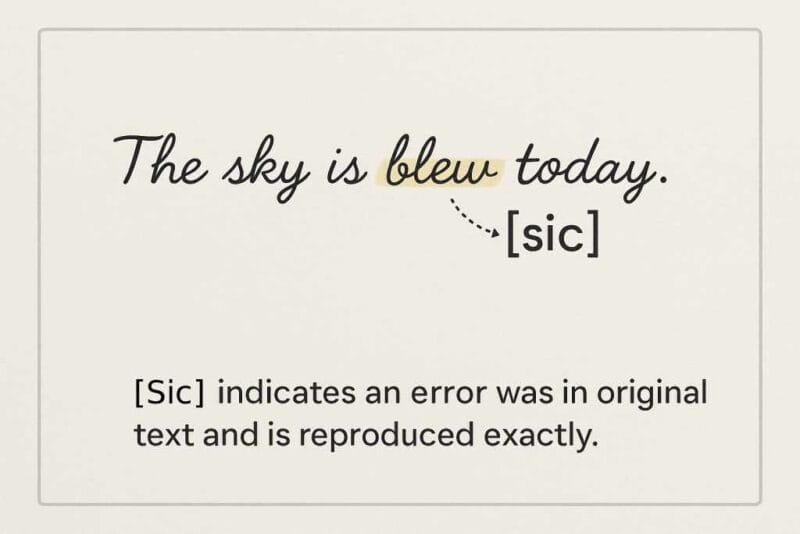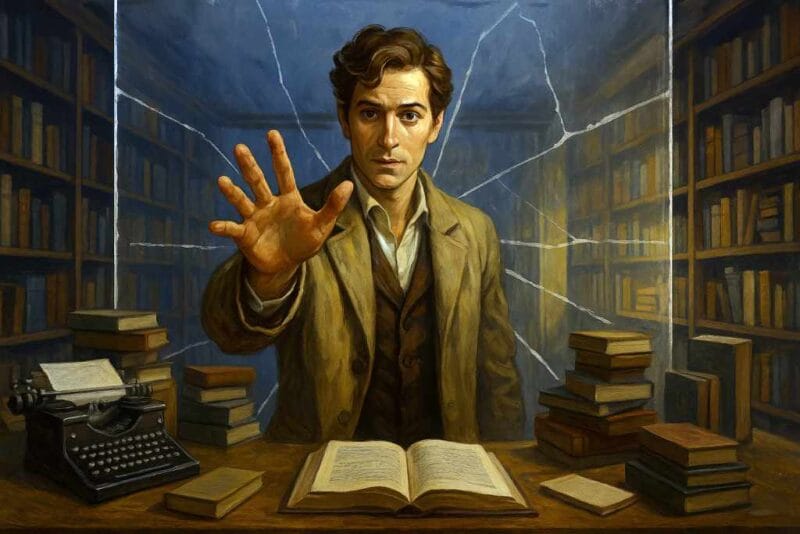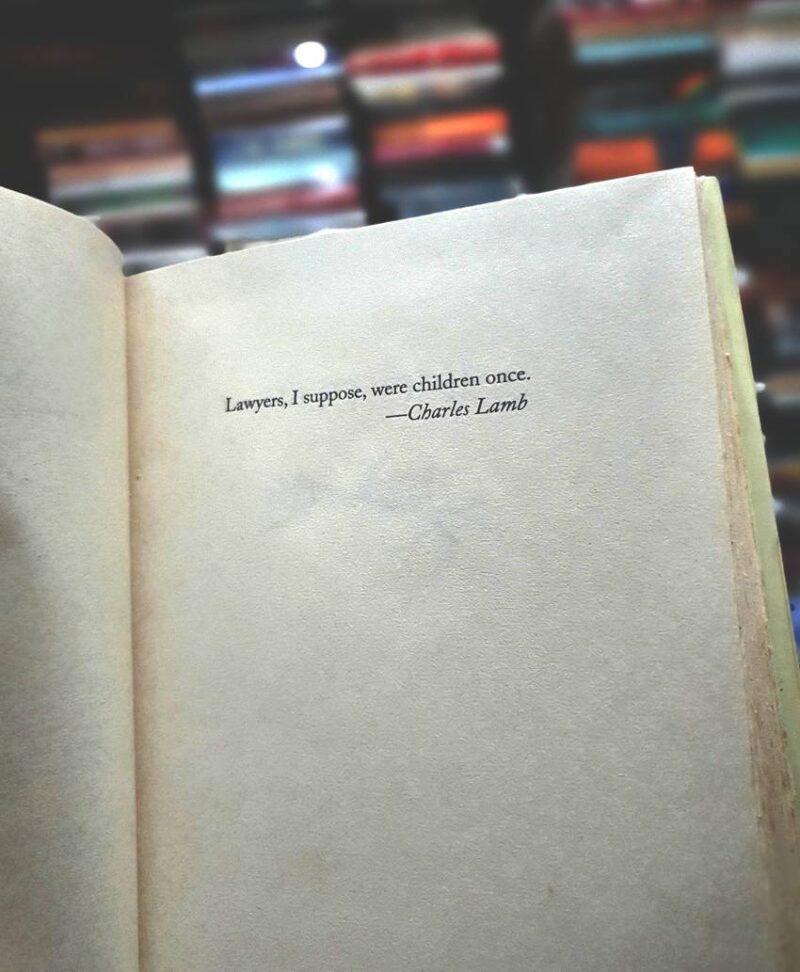The term “leitmotif” refers to a notion or object that occurs often in a piece of art, such as a novel or film. Musical or literary works often have repeating themes that are tied to a certain person, idea, or occasion. The term has long been used to characterize film and television soundtracks, but now it’s also being used to apply to literary works.
What is the difference between motifs and leitmotifs, for starters? Operatic leitmotifs are musical themes associated with certain characters, locations, or items, whereas operatic motifs are the overall theme. The first time the German leitmotiv was employed in music was to denote a repeating melodic theme that ran across a bigger piece. Thomas Mann, on the other hand, adapted the term for literary purposes and used it in many of his works.
The word leitmotiv is derived from the German concepts “leading” (leit) and “motivation” (motif). The noun “motive, theme” and the verb “leiten” combine to form the term “Leitmotiv.” These two words (leading motivation) combine to form the name of the noun.
In the early days of the leitmotif concept, Wagner was one of the most prominent composers who used it in his most well-known work, the Ring Cycle of operas. When used in literature, literary leitmotifs are recurring (often metaphorical) elements that contribute to the overall structure of a story. In this sense, the phrase may also be used to compare a fictional character’s life to the life of a real person.
In literature, leitmotifs are often related with the topic of a tale. They are usually used to communicate a story’s core theme via repetitive metaphorical representation. They may also be used to develop other elements of the narrative.
Further Reading
Word of the Week: Leitmotif by Naomi L., The Wolfe’s (Writing) Den
What Is A Motif, Visual Motif and Leitmotif? by Slap Happy Larry
Exhausting heat is the leitmotif of the work. The meaning of the word leitmotif: what is it by SpainProject
Mining Leitmotif in James Joyce’s ‘Ulysses’ by Digital Humanities 2016




